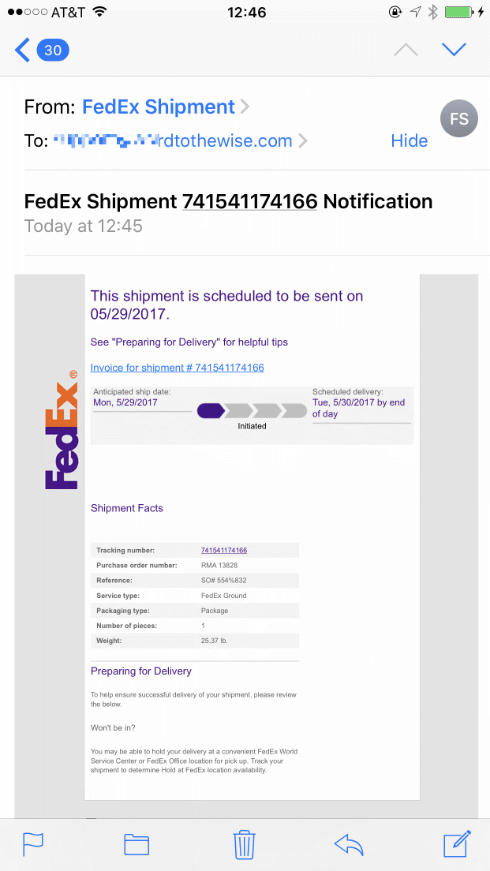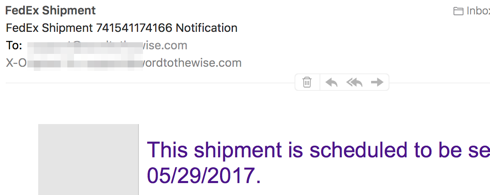What is spearphishing?
As I’m writing this, I’m watching Deputy Atty General Rod Rosenstein discuss the indictments of 12 Russian military officers for hacking activities during the 2016 election cycle. One of the methods used to gain access to systems was spearphishing.
I think most of us know what phishing is, sending lots of emails to a wide range of people in an attempt to collect some credentials. These credentials are usually passwords to bank or email accounts, but can also be things like amazon or other accounts.
Spearphishing is an attempt to collect credentials from a specific person. The net isn’t thrown wide, to collect any credentials, rather individuals are targeted and researched. These attacks are planned. The targets are carefully researched and observed. The emails are crafted specifically for that target. If one set of emails doesn’t work, then they try again.
In terms of email marketing and deliverability, phishing is something detectable by many anti-spam filters. They’re sent in bulk, and they all look similar or identical to the filters. Spearphising isn’t as simple to detect with standard tools. What many organizations have done is try and combat this with warnings in the client. Like this one from gmail:
Security is becoming a bigger and bigger part of email filtering. I expect that as filters start addressing security more, we’ll see increased warnings like the above.
What can senders do?
- Even if you can’t publish DMARC records make sure your domains are aligned.
- Expect and plan for filters crawling links at delivery time.
- Limit the number of redirects for any one click. (one is fine, 2 or 3 is probably OK, 7 or 8 is probably too much).
This is another example of the outside factors that are driving filtering and affecting email marketing.






